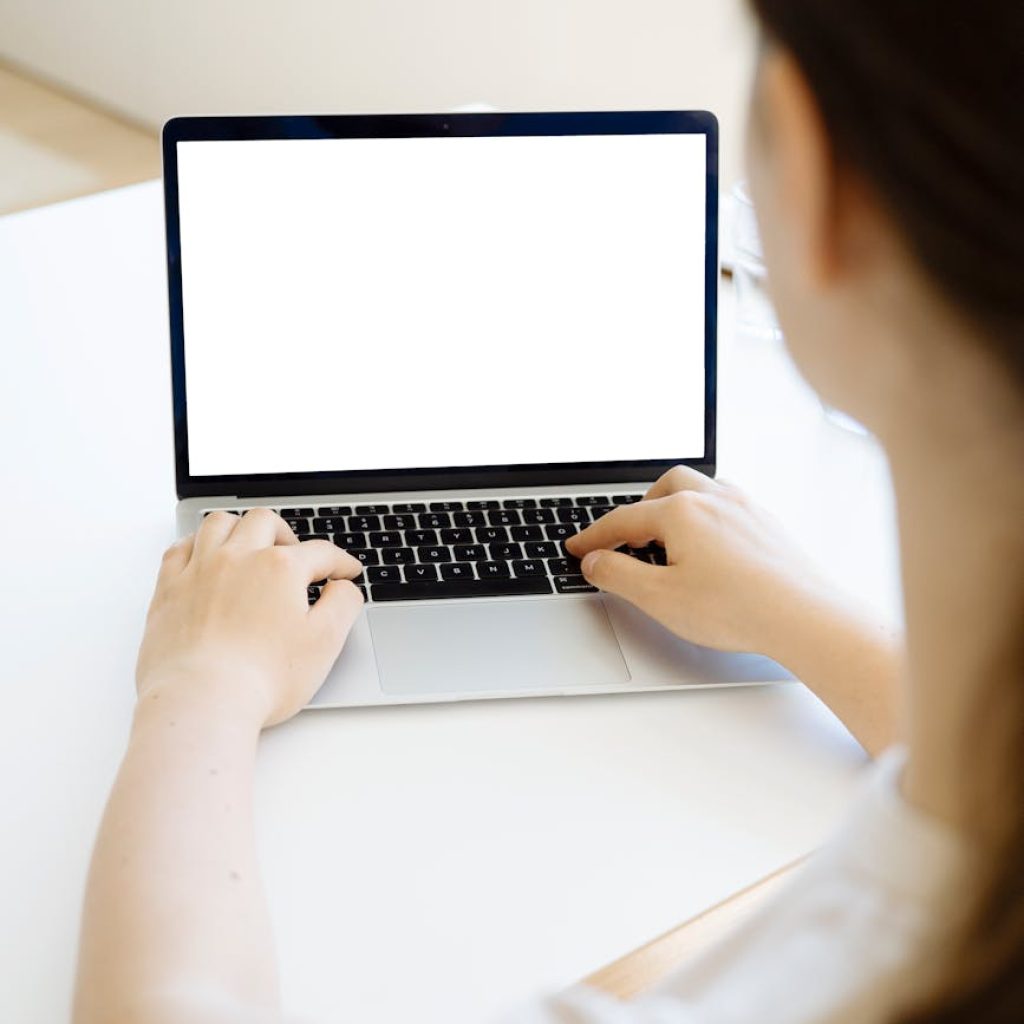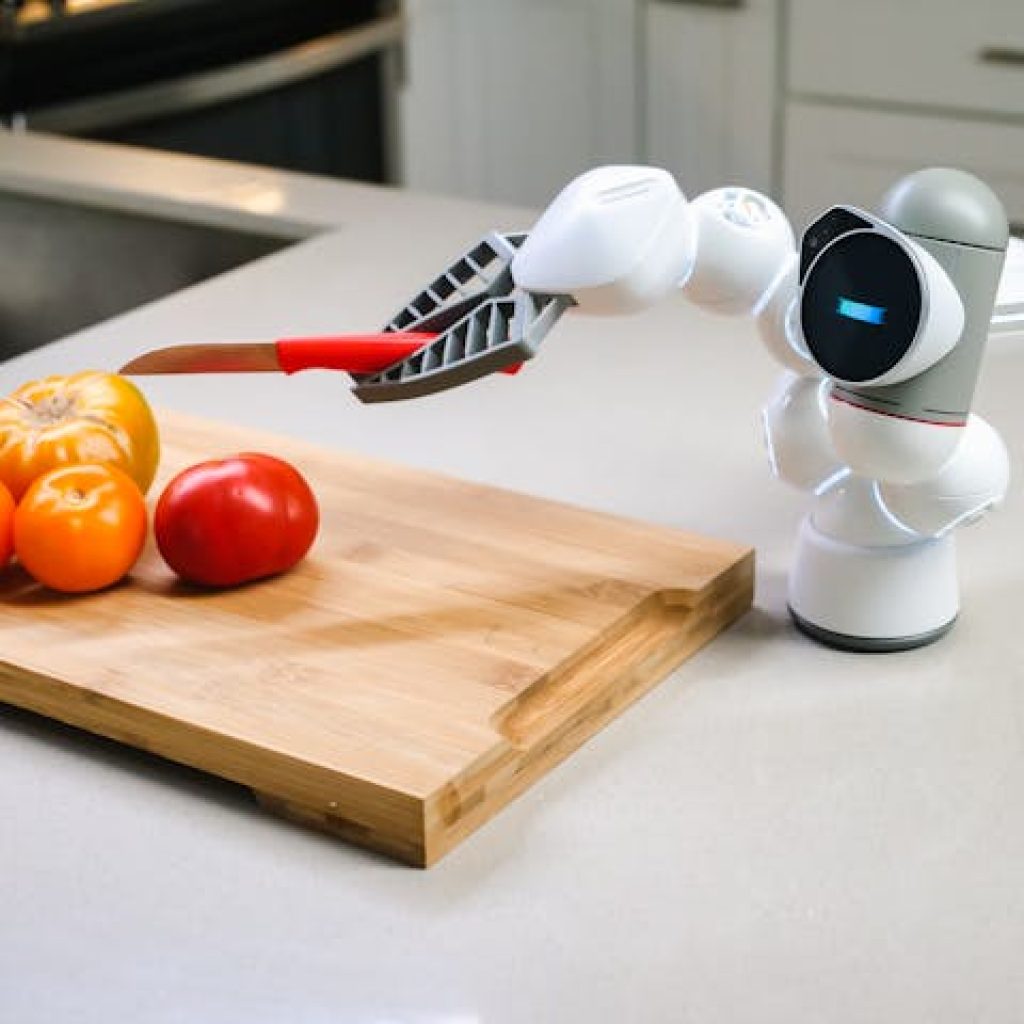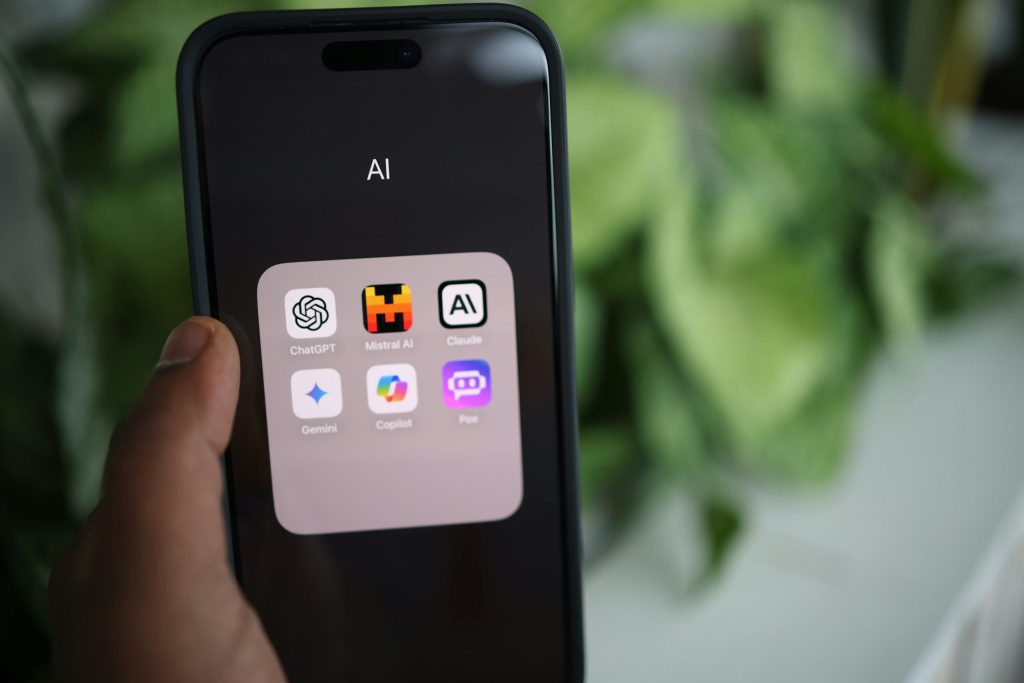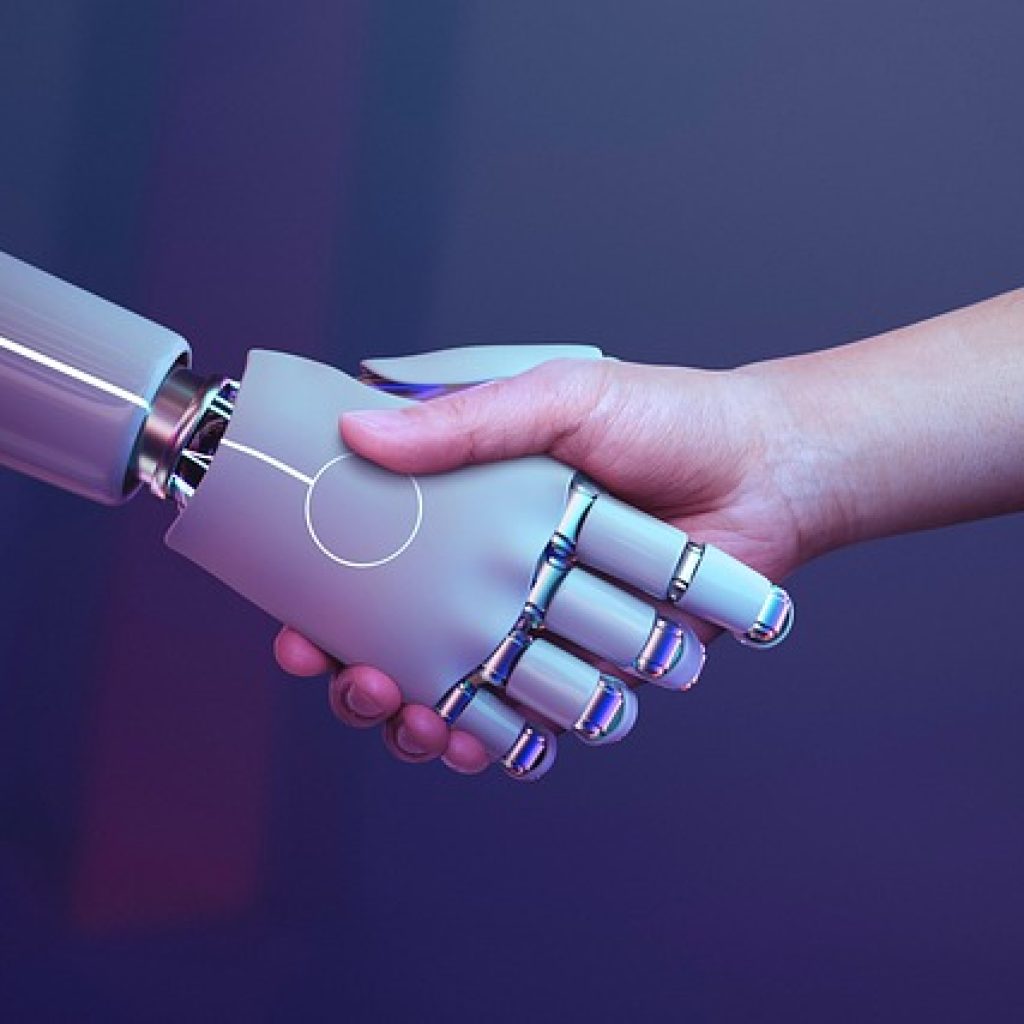Stunning Minimalism in Tech: Less Software, More Focus
In an era where technology is woven into the fabric of our lives, minimalism is emerging as a powerful antidote to the chaos of endless apps and gadgets. Imagine a world where every tool you use serves a clear purpose, freeing you from distractions and enhancing your productivity. This is the promise of minimalism in tech—a movement that’s transforming how we interact with technology, helping us find focus in a world of noise.
—
Why Minimalism Makes Sense for Productivity
At its core, minimalism in tech is about streamlining your tools and workflows to eliminate distractions and maximize efficiency. In a world where notifications ping us incessantly and apps vie for our attention, minimalism offers a breath of fresh air. According to a study by the American Psychological Association, task switching—constantly shifting between apps and tasks—can reduce productivity by up to 40%. By stripping away the unnecessary, you can focus on what truly matters.
Think about it: How many apps do you use daily that could be consolidated into a single tool? For instance, instead of juggling separate apps for note-taking, task management, and collaboration, you could use an all-in-one platform like Notion. This not only reduces the number of apps you need to manage but also simplifies your workflow. Similarly, tools like Focus@Will provide curated music designed to help you concentrate, eliminating the need for multiple music apps and distractions.
—
The Role of Automation in Minimalist Tech
One of the most powerful tools in the minimalist tech arsenal is automation. By automating repetitive tasks, you can reduce the number of apps you need and save time. For example, if you find yourself spending hours each week scheduling social media posts, you could use a tool like Hootsuite or Buffer to automate the process. Suddenly, you’ve eliminated an entire category of apps and freed up hours of your time.
But automation isn’t just for businesses. Individuals can also benefit from automating everyday tasks. For instance, apps like IFTTT (If This Then That) allow you to create custom automations, such as automatically saving email attachments to cloud storage or texting you when it’s about to rain. These small automations may seem insignificant on their own, but they add up, freeing you from the mental load of managing dozens of tasks manually.
—
Minimalist Tech Gadgets: Less Is More
Minimalism isn’t just about software—it’s also about hardware. In recent years, there’s been a growing trend toward minimalist tech gadgets that prioritize simplicity and functionality over bells and whistles. For example, the Light Phone is a stripped-down smartphone designed to help you disconnect from the digital world without completely cutting off communication. It can make and receive calls, send texts, and even provide basic directions, but it doesn’t have social media, email, or other distractions.
Another example is the rise of minimalist watches. Brands like Skagen and Withings offer sleek, pared-back timepieces that focus on the essentials: telling time, tracking basic fitness metrics, and maybe receiving notifications. Unlike smartwatches that try to do everything, these watches encourage you to stay present in the moment rather than constantly checking your wrist.
—
Reclaiming Time and Mental Clarity
One of the most profound benefits of minimalist tech is the mental clarity it provides. When you’re constantly bombarded with notifications, emails, and social media updates, your brain is in a state of constant distraction. According to a study by the University of California, Los Angeles (UCLA), people who are interrupted by digital notifications experience increased stress and decreased cognitive performance. By embracing minimalism, you can reclaim that mental space.
Think about it: How often do you check your phone out of habit, only to find yourself scrolling mindlessly through social media? By paring down the number of apps on your phone and simplifying your workflow, you can break this cycle. You’ll spend less time getting lost in endless loops of cat videos and more time focused on what truly matters.
—
How to Embrace Minimalism in Your Own Tech Setup
So, how do you start embracing minimalism in your own tech life? Here are a few practical steps:
1. Audit Your Apps: Start by taking stock of the apps on your phone and computer. Which ones do you use regularly, and which ones can you live without? Be ruthless—delete or uninstall any apps that don’t provide real value.
2. Invest in Multi-Functional Tools: Instead of using a dozen specialized apps, look for multi-functional tools that can handle multiple tasks. For example, you could use a single productivity app like Trello or Asana to manage both your personal and professional projects.
3. Automate Repetitive Tasks: Identify tasks you perform regularly and see if you can automate them. Whether it’s scheduling social media posts, saving files to the cloud, or even ordering groceries, automation can save you time and reduce mental clutter.
4. Set Boundaries with Technology: Minimalism isn’t just about the tools you use—it’s also about how you use them. Set boundaries around your tech use, such as not checking email after a certain time or designating device-free zones in your home.
—
Conclusion
In a world where more is often seen as better, the idea of embracing less can feel counterintuitive. But for many people, minimalism in tech has been a game-changer, helping them reclaim time, reduce stress, and focus on what truly matters. By simplifying your tech setup and streamlining your workflow, you can achieve more without sacrificing the tools that make life easier.
So, the next time you’re tempted to download a new app or buy the latest gadget, ask yourself: Will this truly add value to my life, or am I just adding to the noise? The answer might just lead you down the path of minimalist tech—and to a more focused, productive you.
—
Eager to explore more insights on how tech can enhance your life without overwhelming it? Head to TechyPot.com for more articles on productivity, gadgets, and minimalist living.




